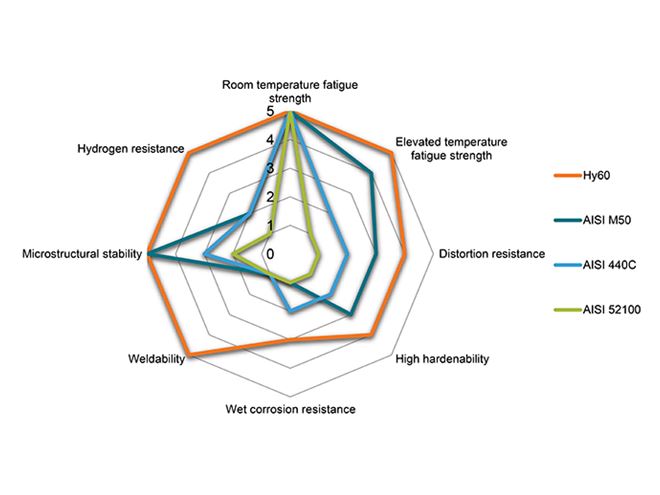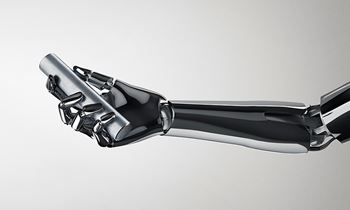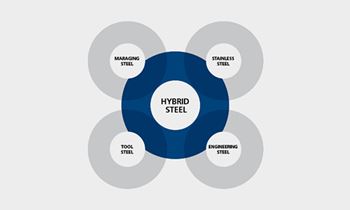In the high-stress and elevated temperature applications found in mechanical power transmission systems and engines, the choice of material for critical components makes a huge difference to performance, reliability and lifetime.
Steel for these applications needs the right performance across a set of eight properties. These are ultra-high strength at elevated temperatures, cost-efficient production at high volumes, high hardenability for low distortion, high fatigue strength in hot and corrosive environments, microstructural stability for uniform properties, weldability, and potential for surface treatment.
Patrik Ölund, Ovako’s Head of Group R&D, said: “The challenge is that the relative importance of these properties varies from one application to the next. One steel family that can help is Hybrid Steel. We developed it to bridge the gap between maraging steel, stainless steel, tool steel and engineering steel.
“We wanted to show how Hybrid Steel compares with other steel types therefore we have published a set of spider diagrams in our new Hybrid Steel brochure. These are designed to help engineers visualize the relative merits of different steel properties in the common applications of bearings, fuel injection components, nitride components, engine components, percussive tools, forming tools, and sharp edges.”
How steel for bearings compares
One example that shows Hybrid Steel’s potential is the diagram for bearings. These need to withstand heavy loading over many thousands of cycles. To achieve this, the most important properties of steel are hardness and fatigue strength. However, bearing OEMs also look for low-distortion materials to save production costs by reducing the need for grinding allowances. Corrosion resistance is also important when water-containing lubricants will be used.
Another relevant property is resistance to hydrogen embrittlement. This will become more important as the hydrogen economy grows. Our Hybrid Steel 60 provides this with a passive oxide layer that acts as a barrier to prevent hydrogen becoming absorbed into the steel, as well as carbides that absorb hydrogen atoms.
The new spider diagram developed for bearings demonstrates how popular steel grades compare in bearing applications.

Spider diagrams for 7 common applications
In other applications, different steel characteristics are more important. Therefore, Ovako has developed spider diagrams and guidance notes to help engineers meet the material requirements for fuel injection systems, nitride components, engine components, percussive and forming tools, and sharp edges, as well as bearings.
Download Ovako’s latest Hybrid Steel brochure to learn more about how Hybrid Steel’s properties compare in challenging applications.


